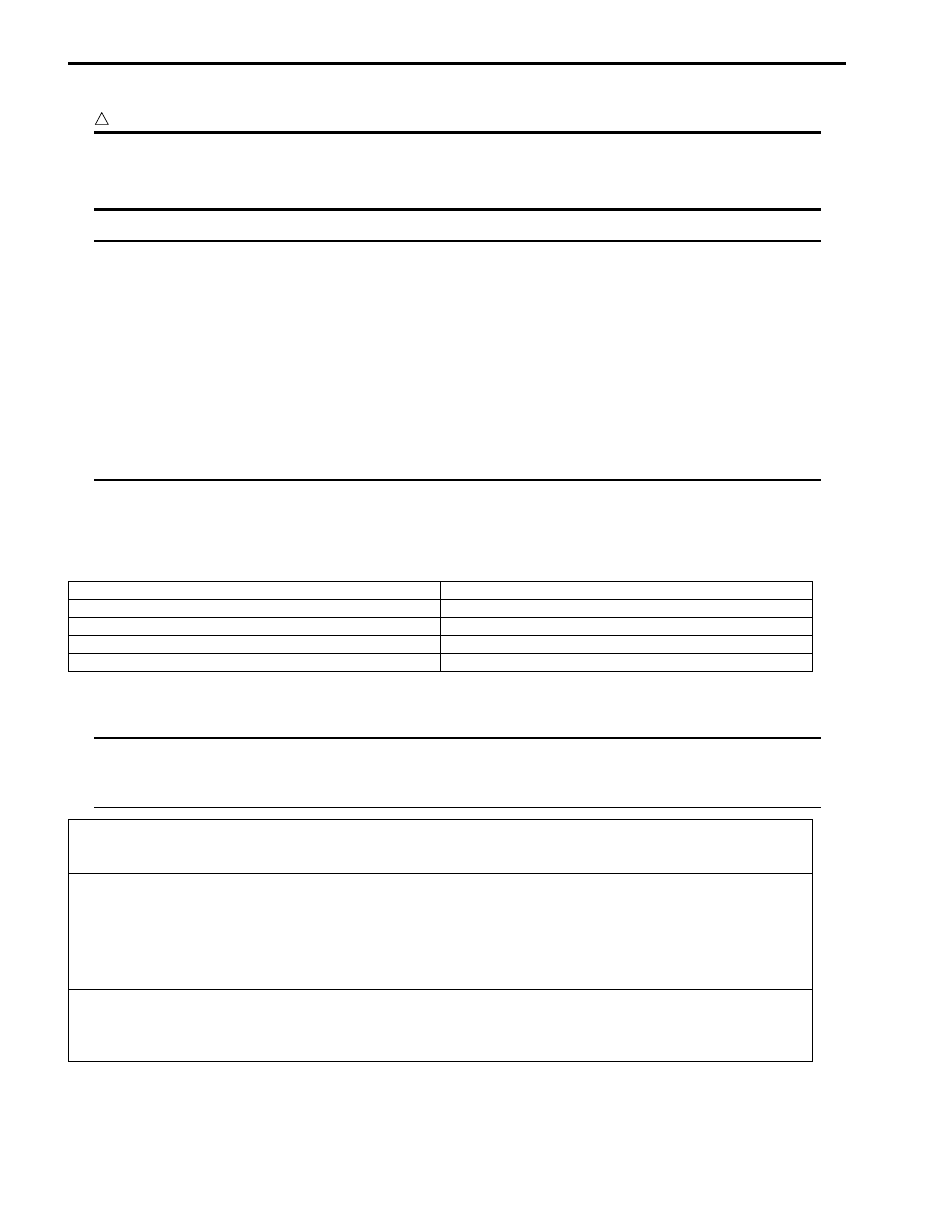Suzuki Grand Vitara JB416 / JB420 / JB419. Manual - part 90

1A-307 Engine General Information and Diagnosis: For Diesel Engine Model
DTC P0225: APP Sensor (Main) Circuit
S6JB0A1124101
CAUTION
!
• This fault may appear if the wiring harness has been damaged.Follow the procedure described in
“Electrical Circuit Inspection Procedure in Section 00”.
• This check enables the condition and the conformity of the engine wiring harness to be checked.
NOTE
• Conditions for applying the fault finding procedure to stored faults:
– The fault is declared present after a series of full load/no load actions on the accelerator pedal.
• Turbocharging, passenger compartment heating resistor activation and cruise control/ speed limiter
are not authorised.
If CO0, CC1 or D1 is present the Injection warning light (gravity 1 warning light) is lit.
• The engine speed is fixed at 1400 rpm if there is a fault on main and sub of the accelerator pedal
position (APP) sensor and the engine torque is limited.
• Use service wire for all operations on the controller connectors.
• Priorities when dealing with a number of faults:
– Deal with fault “DTC P0641: Sensor Reference Voltage 1 Circuit: For Diesel Engine Model” first if it
is present or stored.
Wiring Diagram
For wiring circuit and connector number, refer to “A-5 Engine and A/C Control System Circuit Diagram (DSL) in
Section 9A”.
Detecting Condition
Troubleshooting for CO0: Open circuit or short circuit to vehicle body ground
NOTE
Priorities when dealing with a number of faults:
• If fault “DTC P2120: APP Sensor (Sub) Circuit: For Diesel Engine Model” is present at the same time,
check that the accelerator pedal position (APP) sensor assembly connector is connected correctly.
Displaying on SUZUKI scan tool
Detecting condition
CO0
Open circuit or short circuit to vehicle body ground
CC1
Short circuit to +12 V
D1
Inconsistency of signal
D2
Accelerator pedal position (APP) sensor locked
Check the connections of the accelerator pedal position (APP) sensor.
Check the ECM connections.
Repair if necessary.
Check the continuity and insulation from vehicle body ground of the following connections:
• Between “E68-3” wire of accelerator pedal position (APP) sensor connector and “E66-3” terminal of ECM
connector
• Between “E68-2” wire of accelerator pedal position (APP) sensor connector and “E66-4” terminal of ECM
connector
Repair if necessary.
Measure the resistance on the accelerator pedal position (APP) sensor (main) on accelerator pedal position
(APP) sensor assembly between “E68-4” and “E68-2”.
Replace the accelerator pedal position (APP) sensor assembly if the resistance is not approximately 0.8 – 2.6
k
Ω.